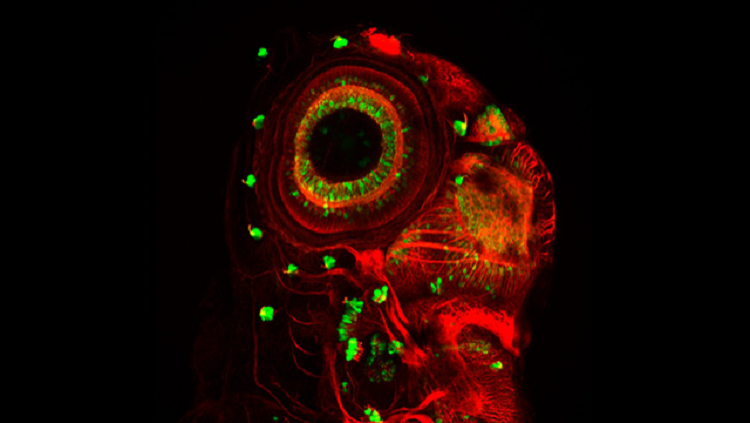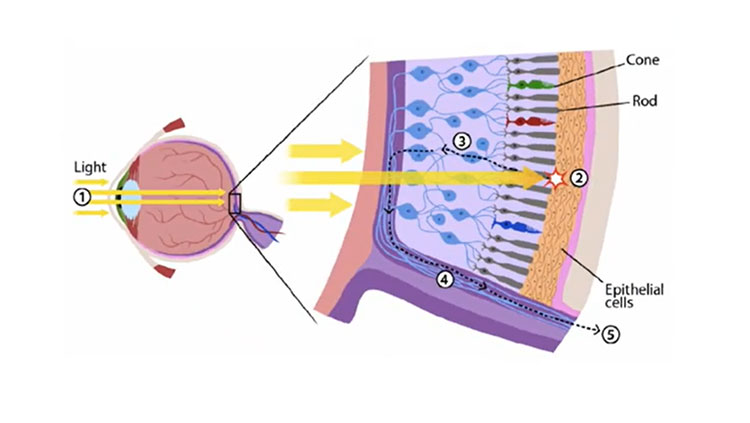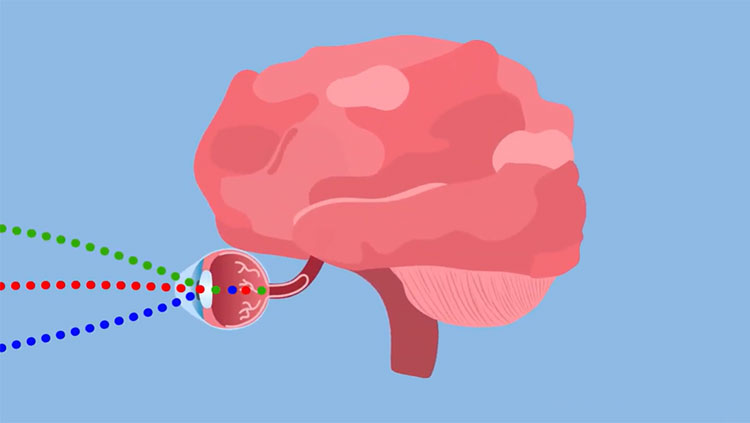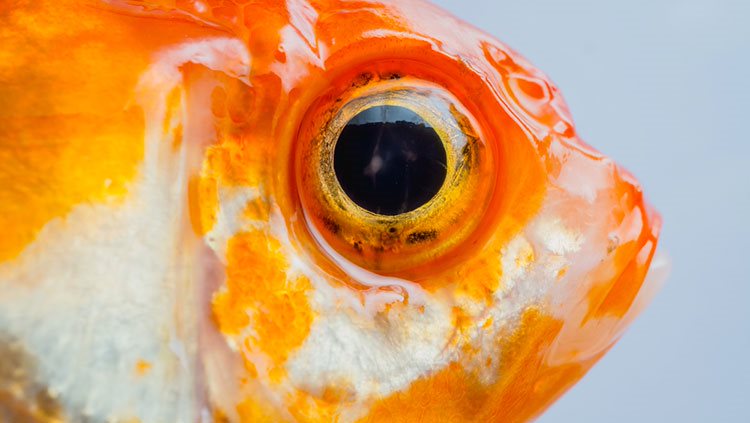How the Blind Cavefish Lost Its Sight
- Published9 Mar 2021
- Reviewed9 Mar 2021
- Author Calli McMurray
- Source BrainFacts/SfN
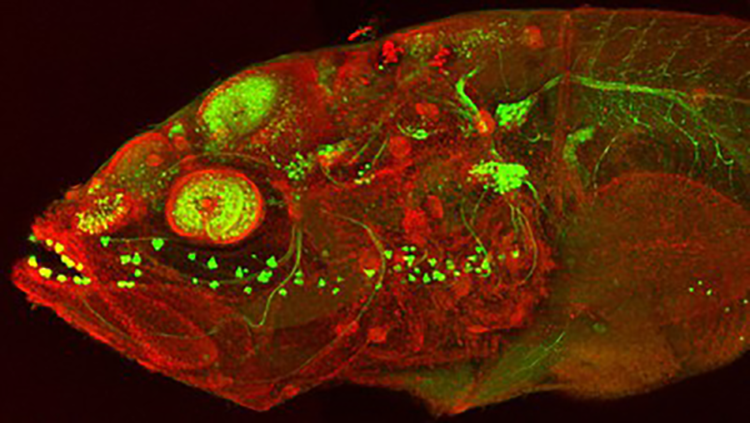
If you put a fish in a cave, it will lose its eyeballs. At least that’s the case for Astyanax mexicanus, a small cavefish found in Mexico’s underwater limestone caves. Over the past few hundred thousand years, groups of freshwater Astyanax fish moved underground and eventually lost their sight.
Scientists have analyzed the cavefish’s genetic code to identify the mutant gene responsible for their acquired blindness. The cavefish’s freshwater relatives serve as a stand-in for their ancient ancestors, allowing scientists to track how the genome evolved. But there is no mutated gene responsible for the cavefish’s loss of sight.
Instead, a process called methylation silences dozens of genes involved in eye development. Rather than changing the genetic code, attaching methyl groups to a gene ensures its information is skipped over. In the cavefish, this means embryos start developing eyes, but by day five of development, they break down. Skin and connective tissue grow over the remaining small, sightless “eyes.”
But why go through all this trouble? Vision is a costly sense. Young surface fish spend 15% of their metabolism on vision — close to the relative metabolic needs of the human brain. Preventing eye growth also prevents the brain from devoting cortical space to vision. This reduces the brain’s metabolic needs by 30% without hindering other functions. And the savings pay off: compared to their surface counterparts, cavefish have stronger senses of taste, smell, and motion for finding food in a dark underwater environment.
CONTENT PROVIDED BY
BrainFacts/SfN
References
Moran, D., Softley, R., & Warrant, E. (2015). The energetic cost of vision and the evolution of eyeless Mexican cavefish. Science Advances, 1. https://advances.sciencemag.org/content/1/8/e1500363/tab-pdf
Gore, A. V., Tomins, K. A., Iben, J., Ma, L., Castranova, D., Davis, A. E., Parkhurst, A., Jeffery, W. R., & Weinstein, B. M. (2018). An epigenetic mechanism for cavefish eye degeneration. Nature ecology & evolution, 2(7), 1155–1160. https://doi.org/10.1038/s41559-018-0569-4
Yamamoto Y. (2004). Cavefish. Current biology : CB, 14(22), R943. https://doi.org/10.1016/j.cub.2004.10.035
What to Read Next
Also In Vision
Trending
Popular articles on BrainFacts.org



